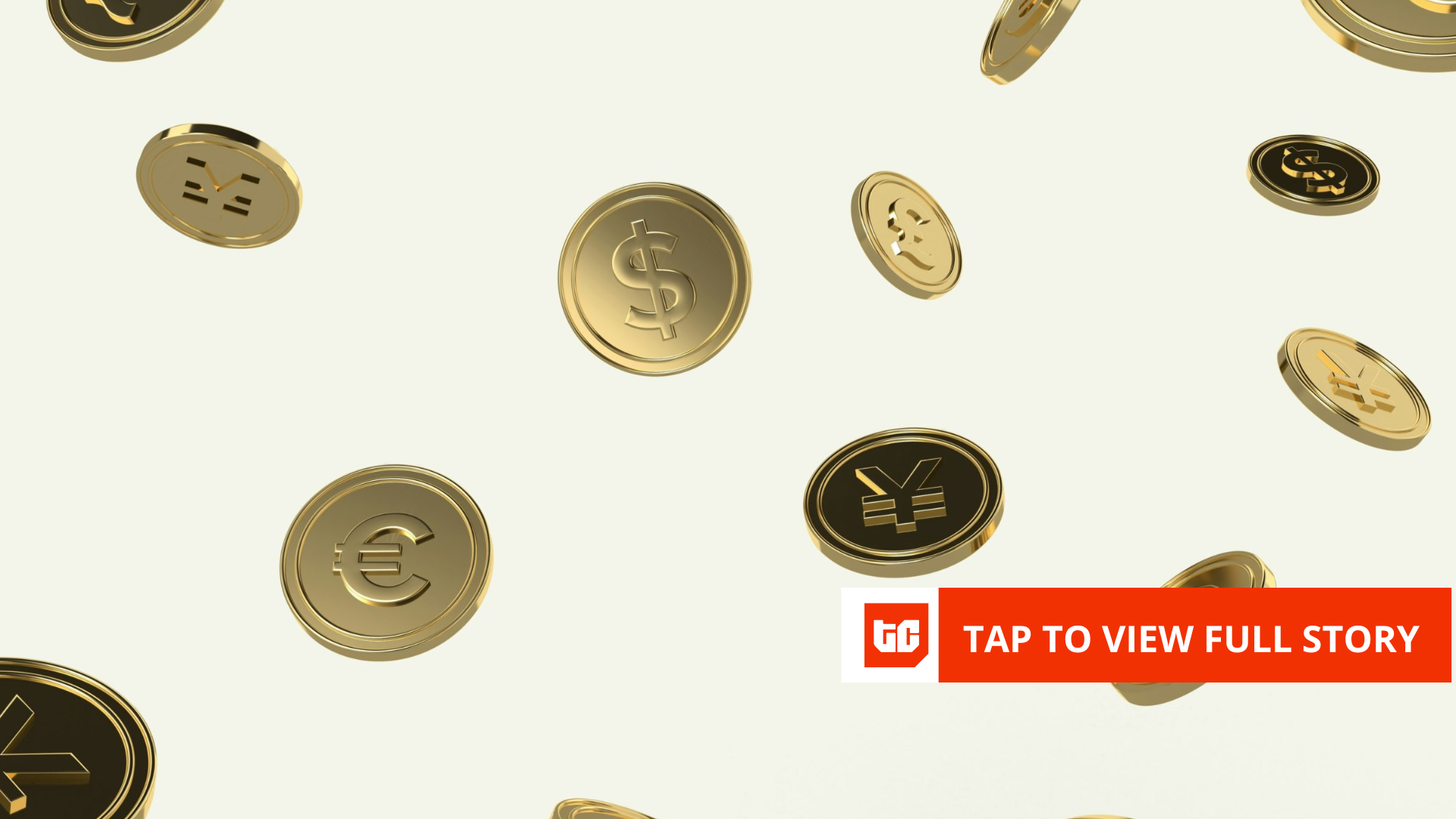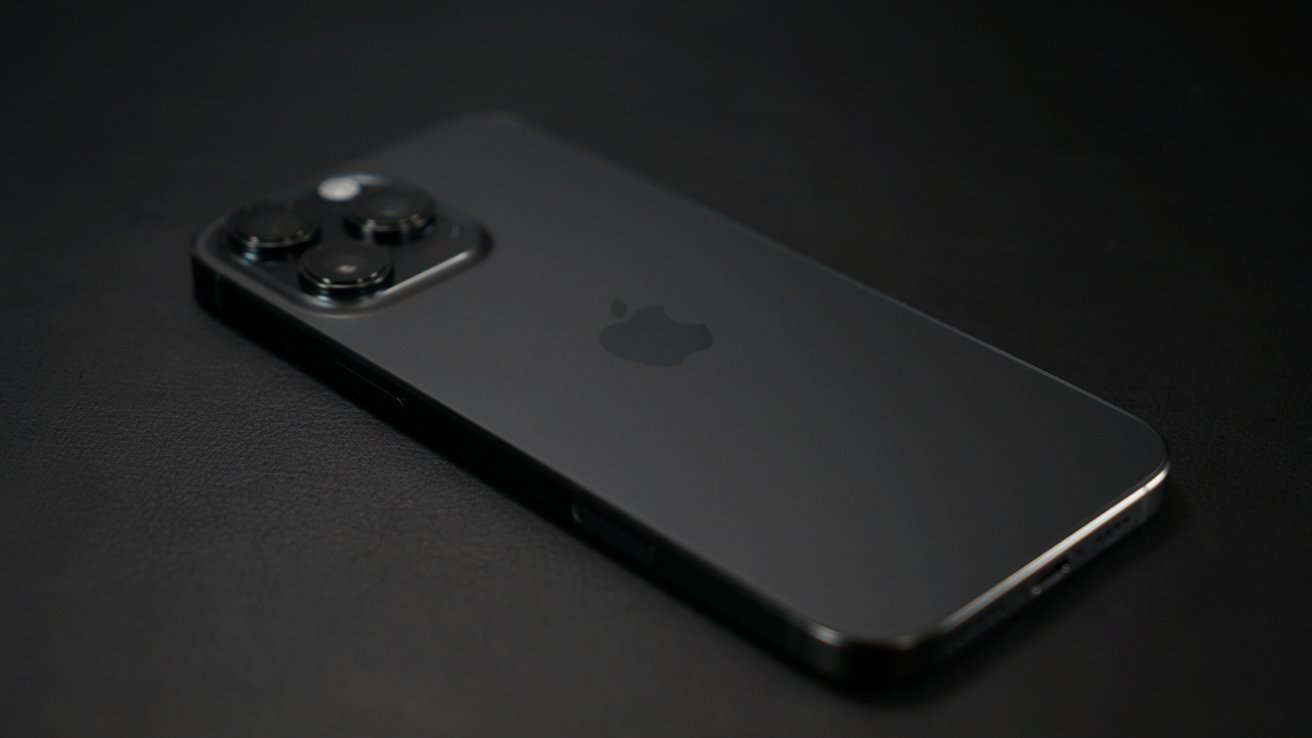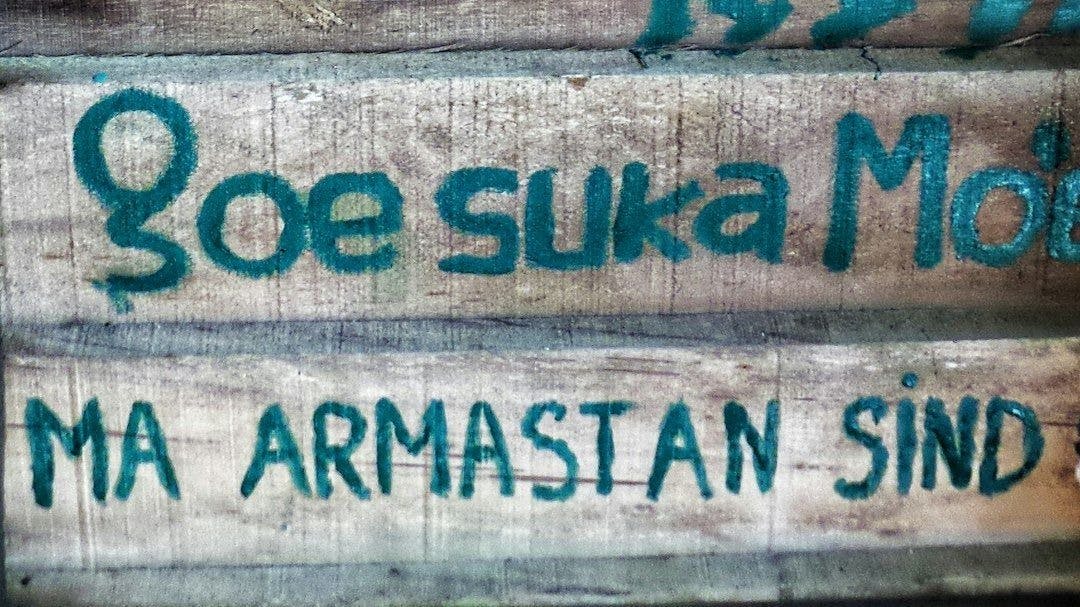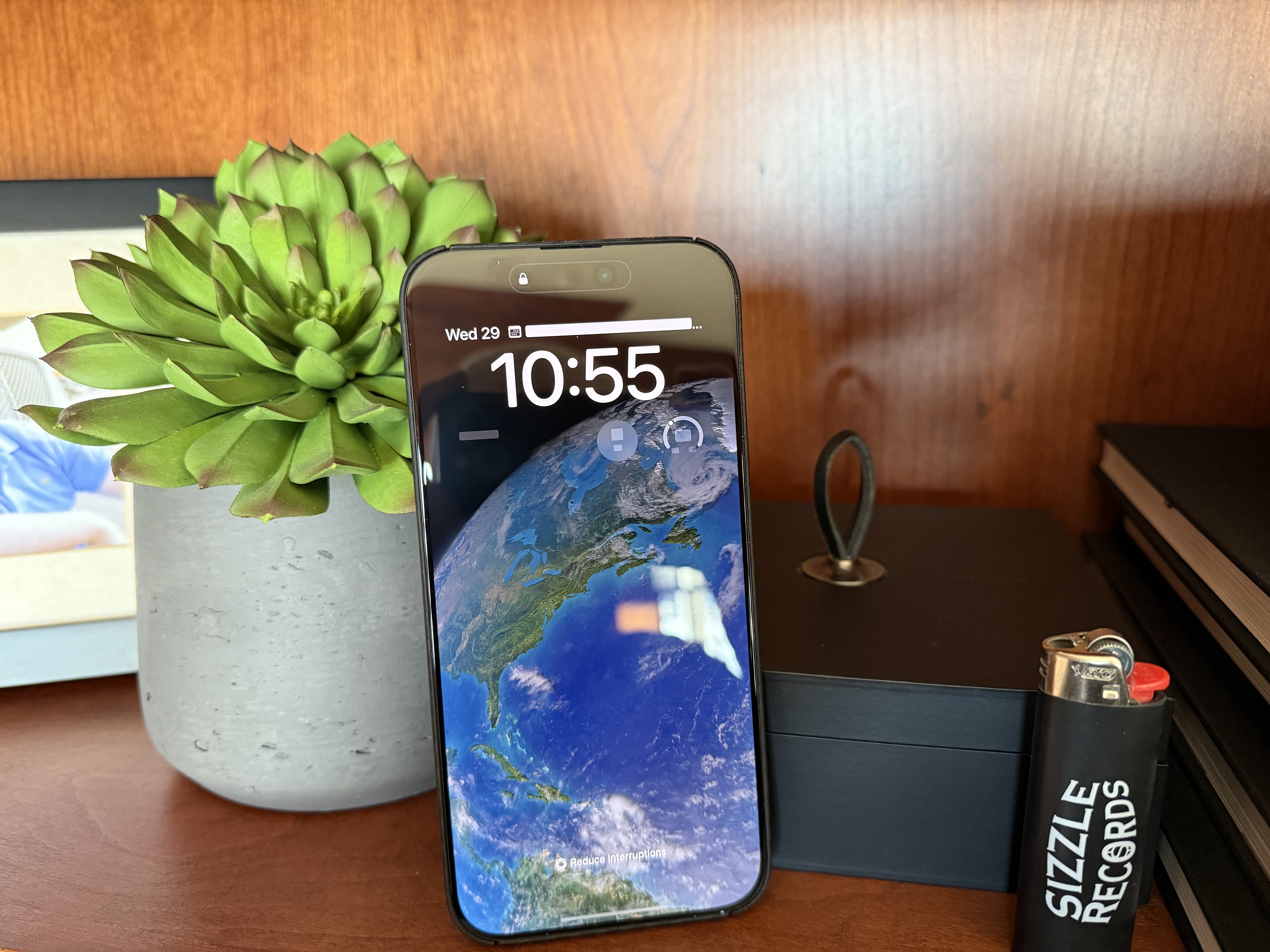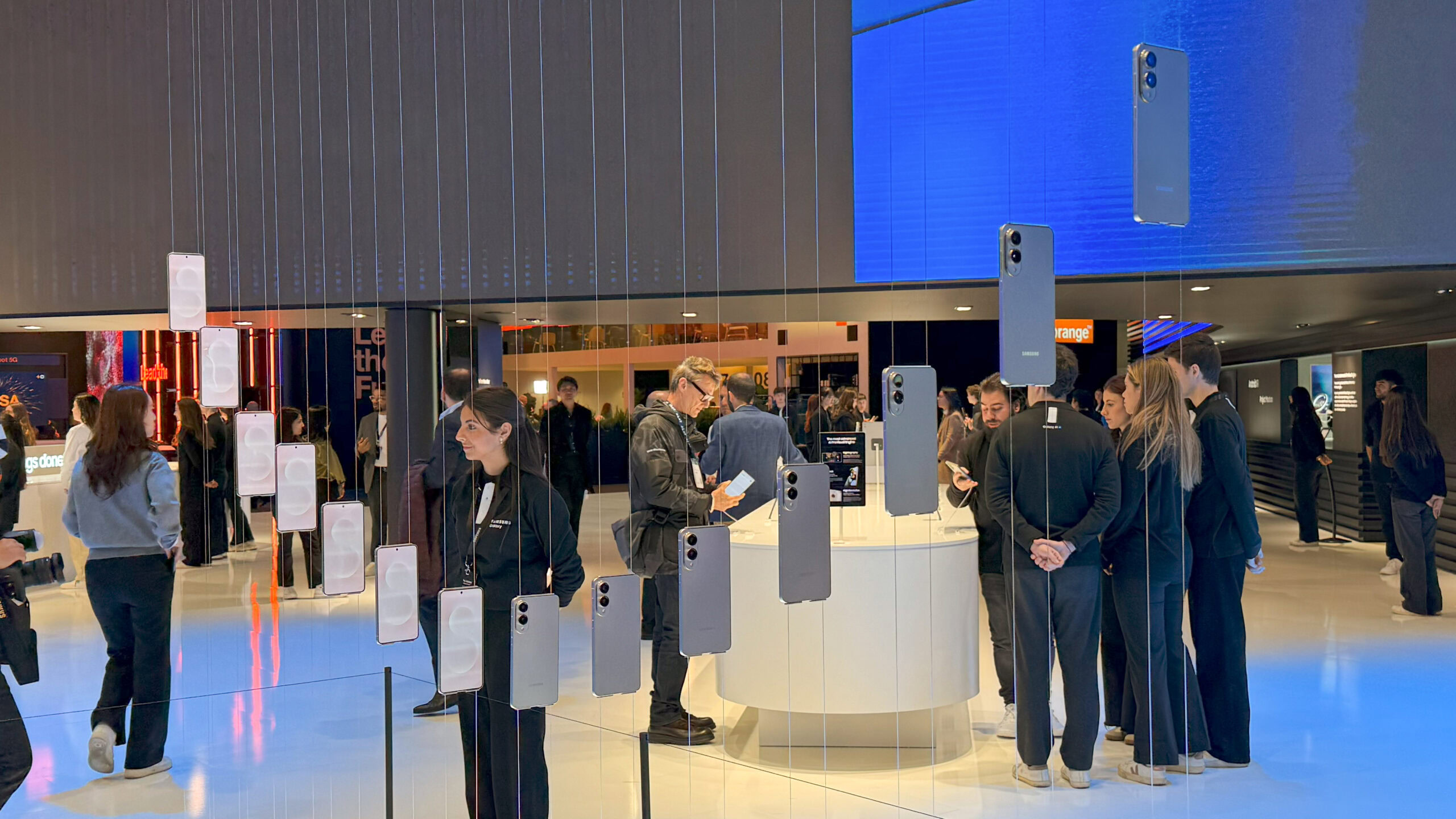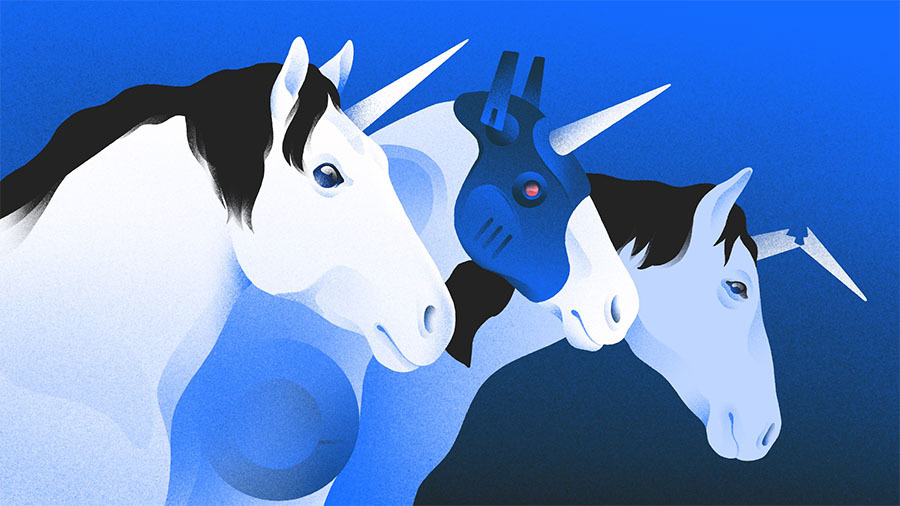STOCKHOLM — A University of Chicago graduate was among three scientists who discovered powerful techniques to predict and even design novel proteins — the building blocks of life — and were awarded the Nobel Prize in chemistry on Wednesday. Their work used advanced technologies, including machine learning, and holds the potential to transform how new drugs are made.
The prize was awarded to David Baker, who works at the University of Washington in Seattle, and to Demis Hassabis and John Jumper, who both work at Google DeepMind, a British-American artificial intelligence research laboratory based in London. Jumper earned his doctorate in theoretical chemistry from the University of Chicago in 2017.
Jumper is the 100th person associated with the University of Chicago to receive the Nobel Prize, and the 19th person to receive it in chemistry, the university said.
“It’s absolutely extraordinary,” Jumper said in an interview with Nobel Prize staff. “I’ve been a computational biologist a long time, and I like to say in talks: We need this to work. We need computation to solve the problems of biology, and I just love that it’s starting to work.”
Jumper’s co-thesis advisor at University of Chicago, Tobin Sosnick, said Jumper was a “moderately seasoned graduate student,” having entered the school several years older than other students.
“John was exceedingly bright and read things on his own,” said Sosnick, a biochemistry professor at University of Chicago. Often, “it felt like he was the person doing the instructing rather than me because he was reading up in areas which I was not as familiar with.”
He said Jumper was generous with his time, helping other students in class and talking for hours with Sosnick about various topics within the program.
In a news release, Chemistry Department Chair Jiwoong Park said: “What a joy to see our alumni, John Jumper and Moungi Bawendi, recognized with Nobel Prizes two years in a row! Dr. Jumper’s Nobel recognition is a testament to the pioneering research conducted at UChicago chemistry, leading to real-world impacts, and the success of our mission to train future leaders in the field of chemistry.”
Jumper is scheduled to return to the university next year to give the 2025 Bloch Lecture, Park said.
Heiner Linke, chair of the Nobel Committee for Chemistry, said the award honored research that unraveled long-standing scientific mysteries.
“That was actually called a grand challenge in chemistry, and in particular in biochemistry, for decades. So, it’s that breakthrough that gets awarded today,” he said.
What is the Nobel Prize in Chemistry for?
Proteins are complex molecules with thousands of atoms that twist, turn, loop and spiral in a countless array of shapes. The shape of a protein determines its biological function. For decades, scientists have dreamed of being able to efficiently design and build new proteins.
Baker, whose work has received funding from the National Institutes of Health since the 1990s, created a computer program called Rosetta that helped analyze information about existing proteins in comprehensive databases to build new proteins that don’t exist in nature.
“It seems that you can almost construct any type of protein now with this technology,” said Johan Åqvist of the Nobel committee.
Hassabis and Jumper created an artificial intelligence model called AlphaFold2 that has been able to predict the structure of virtually all the 200 million proteins that researchers have identified, the committee added.
The duo “managed to crack the code. With skillful use of artificial intelligence, they made it possible to predict the complex structure of essentially any known protein in nature,” Linke said.
Why this work matters?
The ability to custom design new proteins — and better understand existing proteins — could enable researchers to create new kinds of medicines and vaccines. It could also allow scientists to design new enzymes to break down plastics or other waste materials, and to design fine-tuned sensors for hazardous materials.
“I think there’s fantastic prospects for making better medicines — medicines that are smarter, that only work in the right time and place in the body,” Baker told The Associated Press.
One example is a potential nasal spray that could slow or stop the rapid spread of specific viruses, such as COVID-19, he said. Another is a medicine to disrupt the cascade of symptoms known as cytokine storm.
“That was always the holy grail. If you could figure out how protein sequences folded into their particular structures, then it might be possible to design protein sequences to fold into previously never seen structures that might be useful for us,” said Jon Lorsh of the NIH.
Baker said Hassabis and Jumper’s artificial intelligence work gave his team a huge boost.
“The breakthroughs made by Demis and John on protein structure prediction really highlighted to us the power that AI could have. And that led us to apply these AI methods to protein design and that has greatly increased the power and accuracy,” he said.
How the winners reacted
Baker told the AP he learned he won the Nobel during the early hours of the morning alongside his wife, who immediately started screaming.
“So it was a little deafening, too,” he said.
Hassabis said in a statement that “receiving the Nobel Prize is the honor of a lifetime.”
One of Britain’s leading tech figures, he co-founded the AI research lab DeepMind in 2010, which was later acquired by Google. DeepMind’s breakthroughs include developing an AI system that mastered the Chinese game of Go and was able to defeat the game’s human world champion much faster than expected.
Jumper said in the same statement that it was an honor to be “recognized for delivering on the long promise of computational biology to help us understand the protein world and to inform the incredible work of experimental biologists.”
“It is a key demonstration that AI will make science faster and ultimately help to understand disease and develop therapeutics,” Jumper said.
More about the Nobels
Baker gets half of the prize money of 11 million Swedish Kronor ($1 million), while Hassabis and Jumper share the other half.
It’s the second Nobel prize that has gone to someone with links to Google. Physics prize winner Geoffrey Hinton also previously worked at the tech company but later quit so he could speak more freely about the potential dangers of artificial intelligence.
Last year, the chemistry award went to three scientists for their work on quantum dots — tiny particles just a few nanometers in diameter that can release very bright colored light and whose applications in everyday life include electronics and medical imaging.
Contributing: Mary Norkol and Kade Heather



